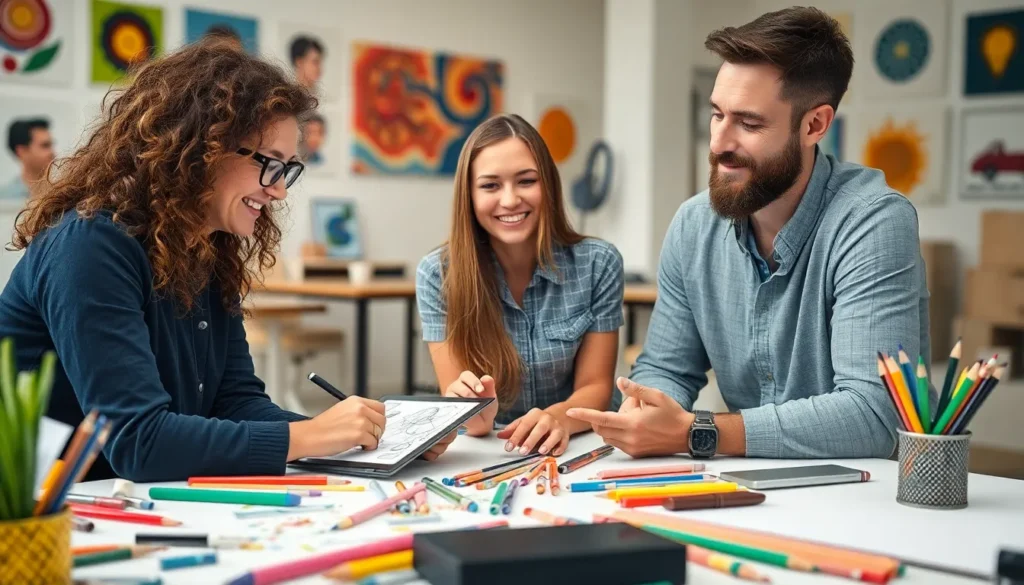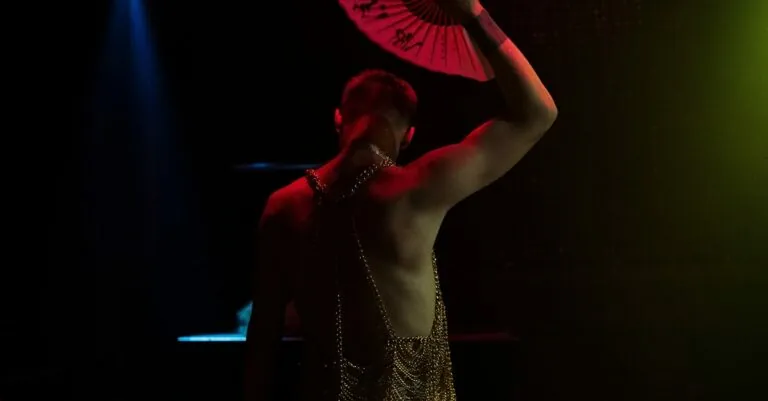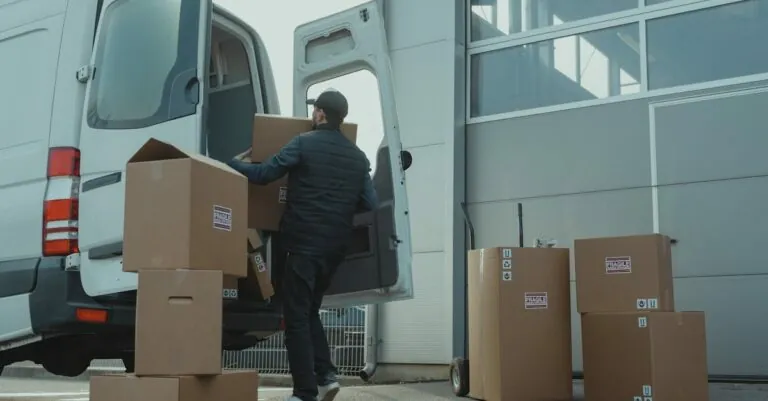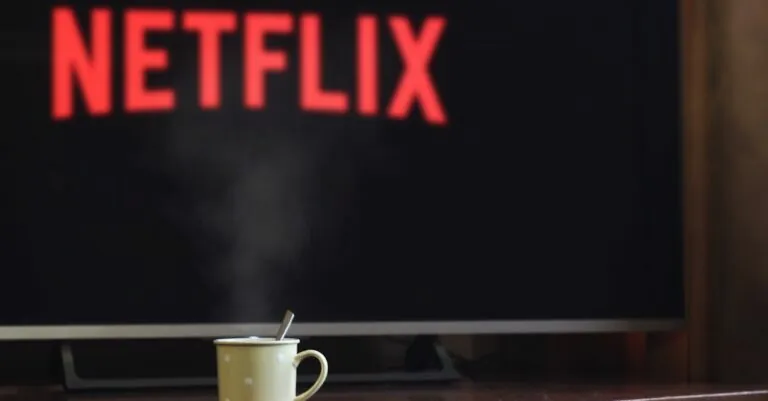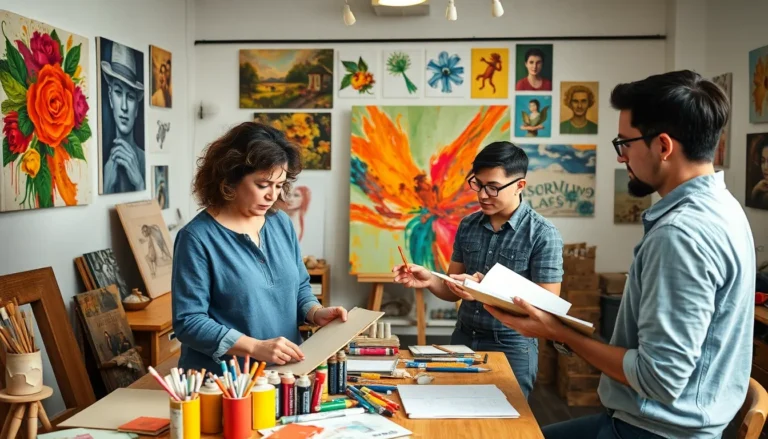Table of Contents
ToggleIn a world overflowing with information, standing out can feel like trying to find a needle in a haystack—while blindfolded. Enter visual remix thinking, the creative superhero ready to swoop in and save the day. This innovative approach combines the art of visual storytelling with the power of remix culture, allowing ideas to be transformed into something fresh and engaging.
Understanding Visual Remix Thinking
Visual remix thinking combines visual storytelling and remix culture. This approach allows individuals to create fresh expressions from existing ideas.
Definition and Concept
Visual remix thinking involves the reinterpreting of visual content to create new narratives. It emphasizes creativity and innovation by combining various elements to result in unique formats. This method encourages the blending of ideas and styles for enhanced engagement. Artists, educators, and marketers utilize this approach to capture attention in a crowded information landscape. Through the transformation of existing visuals, creators can communicate messages in dynamic ways.
Historical Context
The roots of visual remix thinking trace back to both art and digital culture. Beginning with collage and pop art, artists have long reimagined existing works to produce something novel. The shift in the late 20th century brought about digital tools that made remixing more accessible. Websites and platforms dedicated to user-generated content further accelerated this practice. The rise of social media played a crucial role in broadening the audience for remixed visuals. With these developments, visual remix thinking emerged as a dominant mode of expression in contemporary culture.
Key Principles of Visual Remix Thinking
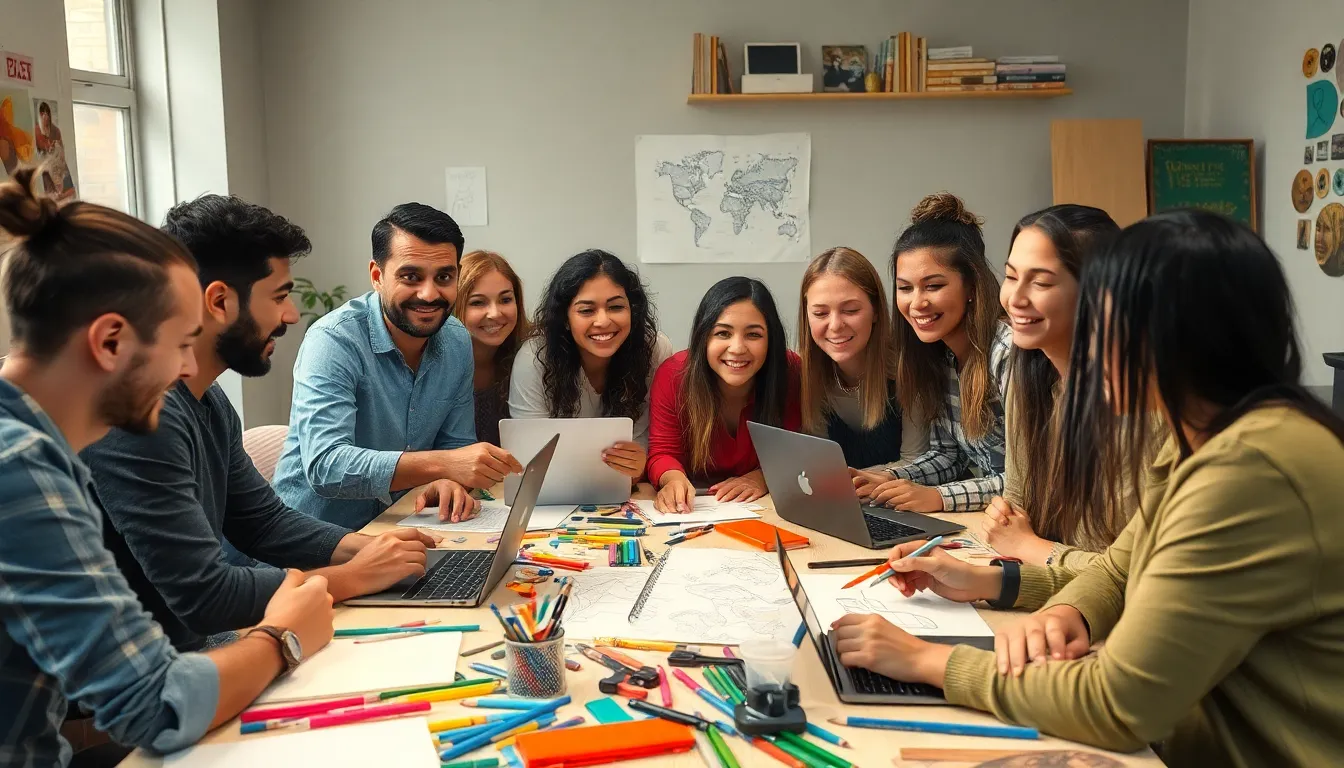
Visual remix thinking consists of fundamental principles that enhance its effectiveness. These principles include creativity, innovation, collaboration, and community engagement, all essential for generating impactful narratives.
Creativity and Innovation
Creativity drives visual remix thinking. It enables individuals to reinterpret existing concepts in fresh ways. Innovation follows closely, empowering creators to blend different media forms. Unique perspectives emerge by combining distinct elements. This approach fosters imaginative solutions that stand out amidst information overload. Artists and educators harness these principles to inspire students and audiences alike. It’s not just about mimicking but crafting something original. They create compelling stories that resonate on multiple levels.
Collaboration and Community
Collaboration plays a crucial role in visual remix thinking. Diverse voices contribute to richer creations, leading to more dynamic results. Community engagement enhances the creative process, inviting participation from various stakeholders. Individuals share ideas, skills, and feedback, making the outcome more robust. The process thrives on collective input, ensuring a wider appeal. With connectedness, creators build networks that support shared projects. These collaborations often result in innovative formats that challenge conventional narratives. Expanding community can encourage broader discussions about the themes being explored.
Applications of Visual Remix Thinking
Visual remix thinking finds utility across various sectors, enhancing creativity and engagement through innovative approaches.
In Education
Visual remix thinking transforms teaching methods, making learning interactive and immersive. Educators use curated visuals to simplify complex concepts. Students engage in projects where they reinterpret existing materials through creative visuals. By encouraging this approach, students develop critical thinking skills while expressing their understanding creatively. Assignments often incorporate collaborative group work, fostering communication and teamwork. Schools adopting visual remix practices enhance learning experiences and prepare students for a media-rich world.
In Art and Design
Artists leverage visual remix thinking to breathe new life into existing artworks. Through reconfiguring familiar elements, they create original expressions that resonate deeply with audiences. Collaborative projects often emerge, where designers combine diverse influences, producing compelling visual narratives. Art exhibitions showcase remixed pieces, illustrating how reinterpretation sparks dialogue about contemporary themes. Creators continually explore the boundaries of traditional methods, pushing forward the evolution of visual arts in a vibrant and changing landscape.
In Business Strategies
Businesses harness visual remix thinking to innovate marketing approaches. Brands curate and remix content, appealing to target audiences with fresh narratives. Engaging visuals capture attention and enhance brand identity in competitive markets. Teams collaborate to brainstorm ideas, integrating various perspectives into cohesive strategies. Companies utilizing this method foster a culture of creativity, ultimately driving customer engagement and loyalty. Adapting visuals to reflect brand messaging strengthens their connection with consumers, making the brand memorable in an information-abundant environment.
Challenges and Considerations
Visual remix thinking presents unique challenges and considerations that practitioners must navigate.
Ethical Implications
Ethical implications arise when creators use existing content. Copyright issues can surface if original works are not appropriately credited, leading to potential legal repercussions. Misrepresentation of an original creator’s intent also poses a risk, as remixing may alter the original message. Encouraging transparency helps mitigate confusion around ownership and attribution. Creators should prioritize understanding fair use and licensing agreements to prevent ethical dilemmas. Maintaining respect for original artists while reinterpreting their work fosters a respectful remix culture.
Accessibility Issues
Accessibility issues frequently arise with visual remix thinking. Creators must consider diverse audience needs to ensure that remixed content is inclusive. Visual elements may alienate individuals with visual impairments if they lack alternative text descriptions. Language barriers can also hinder understanding, emphasizing the need for clear messaging. Providing various formats, such as videos with subtitles or audio descriptions, enhances inclusivity. By addressing accessibility from the outset, creators expand their reach and foster engagement with broader audiences.
Visual remix thinking stands as a transformative approach in today’s content-driven world. By blending creativity with innovation it empowers individuals to craft unique narratives that resonate deeply with audiences. This method not only enhances engagement but also fosters collaboration and community involvement, enriching the creative process.
As this approach continues to evolve it presents exciting opportunities across various sectors. Embracing visual remix thinking can lead to fresh perspectives and imaginative solutions that cut through the noise. By navigating the associated challenges with care creators can ensure their work remains ethical and inclusive, ultimately expanding their reach and impact in a diverse landscape.

